13 Types of Trees in Massachusetts (With Pictures)
-
Ed Malaker
- Last updated:
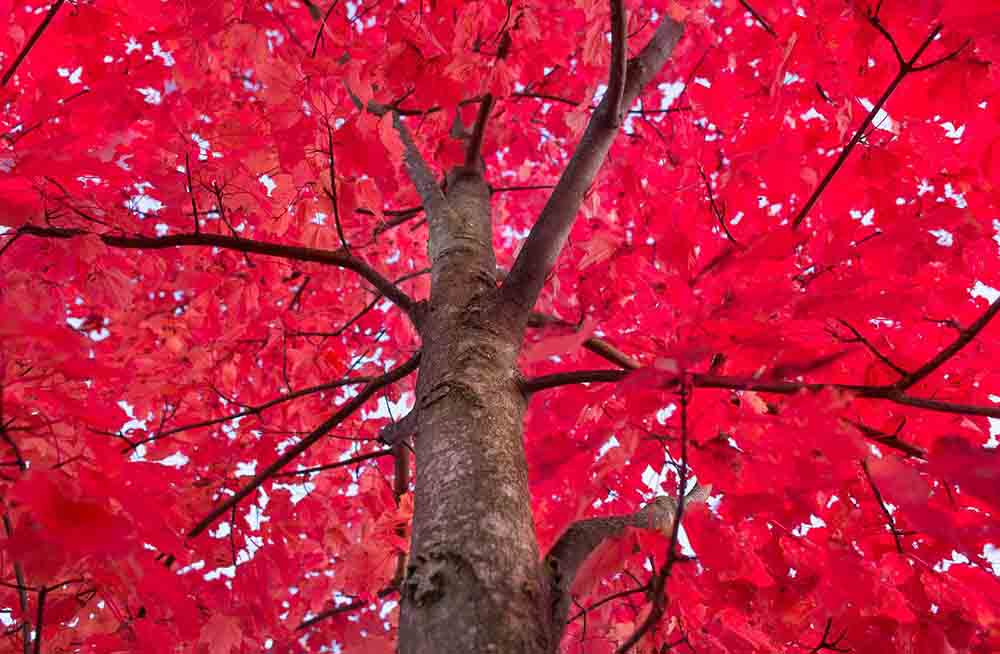
If you live in Massachusetts, learning about the different varieties of trees in the area can help you understand your environment better, and it can also help you learn where to find birds and other animals that use specific trees for their home. If you want to know what kind of trees grow in Massachusetts, keep reading as we provide you with a list of the many trees that you can find.
The 13 Types of Trees in Massachusetts
1. Maple
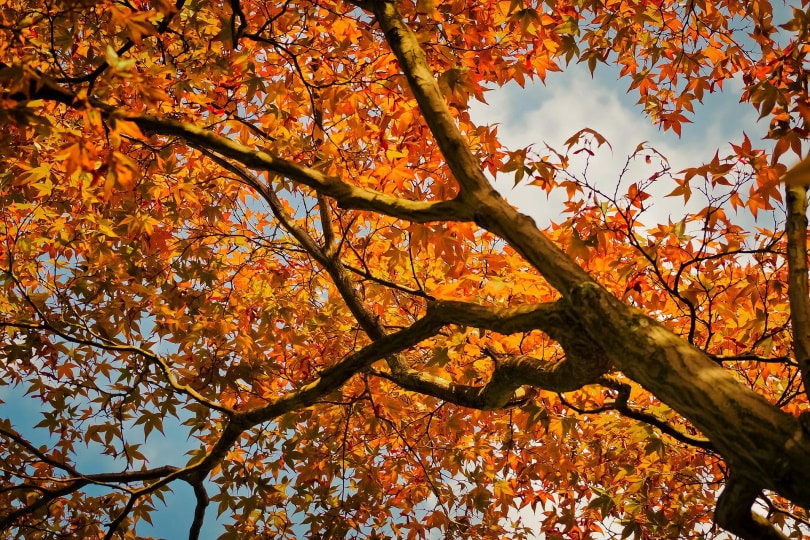
| Height: | 40–80 feet |
| Growing Zones: | 3–8 |
Maple trees are all over Massachusetts, and you can tap them to produce the sweet maple syrup that many of us enjoy putting on pancakes and French toast. These trees grow fast and usually reach 40–80 feet tall. It’s low maintenance and grows well in partial shade. It has grey bark that can peel away as the tree ages.
2. Sumac
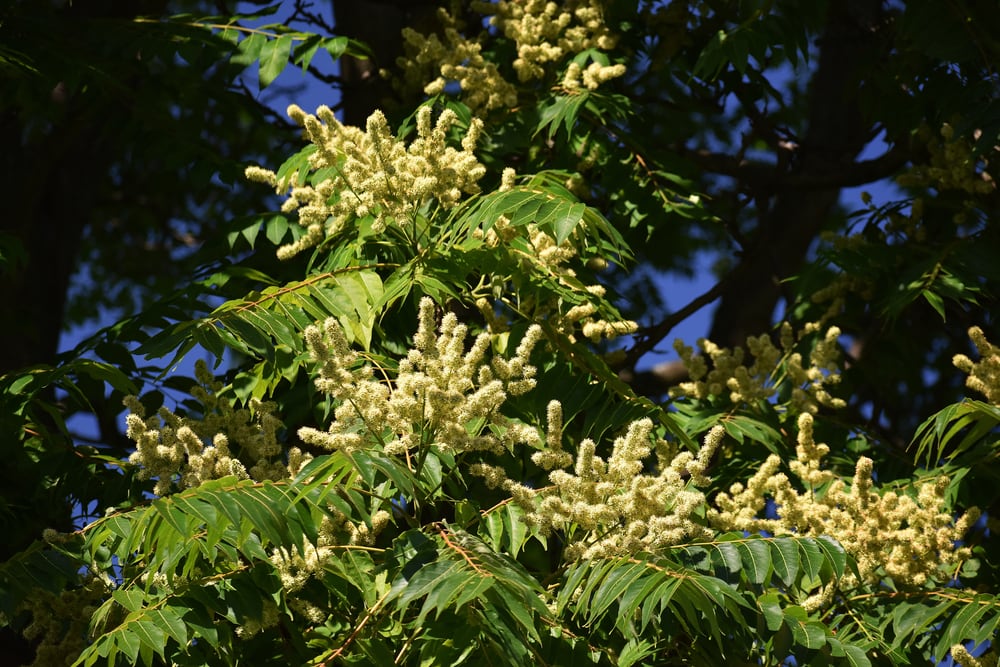
| Height: | 10–30 feet |
| Growing Zones: | 3–9 |
Sumac is a small tree that many people use to create ornamental landscapes. It’s an attractive tree that usually produces red leaves in early fall. Some varieties, like poison sumac, produce a toxin that will irritate the skin if they come into contact with each other. The sumac tree is a great choice if you want to invite birds to your yard and shelter them.
3. Birch
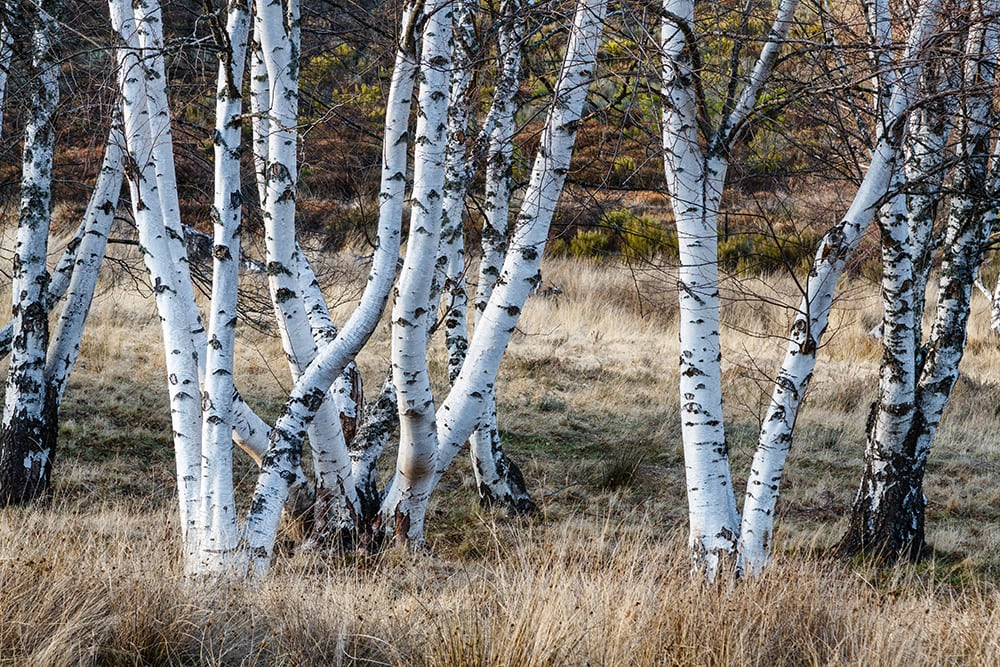
| Height: | 30–50 feet |
| Growing Zones: | 2–7 |
Birch trees are easy to identify because they have white bark that helps them stand out. You can use them to make birch beer, a popular non-alcoholic beverage, and it’s also an attractive ornamental tree that many people like to place in their garden. It usually lives around 100 years and can tolerate temperatures down to -50 degrees Fahrenheit.
4. Hornbeam

| Height: | 20–30 feet |
| Growing Zones: | 3–9 |
The Hornbeam tree is an attractive variety that many people grow to provide shade. It’s easy to manage and rarely gets taller than 30 feet, especially if it doesn’t get much sunlight. It provides plenty of shelter for birds, and the low branches make it easy to climb. It’s a low-maintenance tree that can grow almost anywhere in the United States.
5. Hazelnut
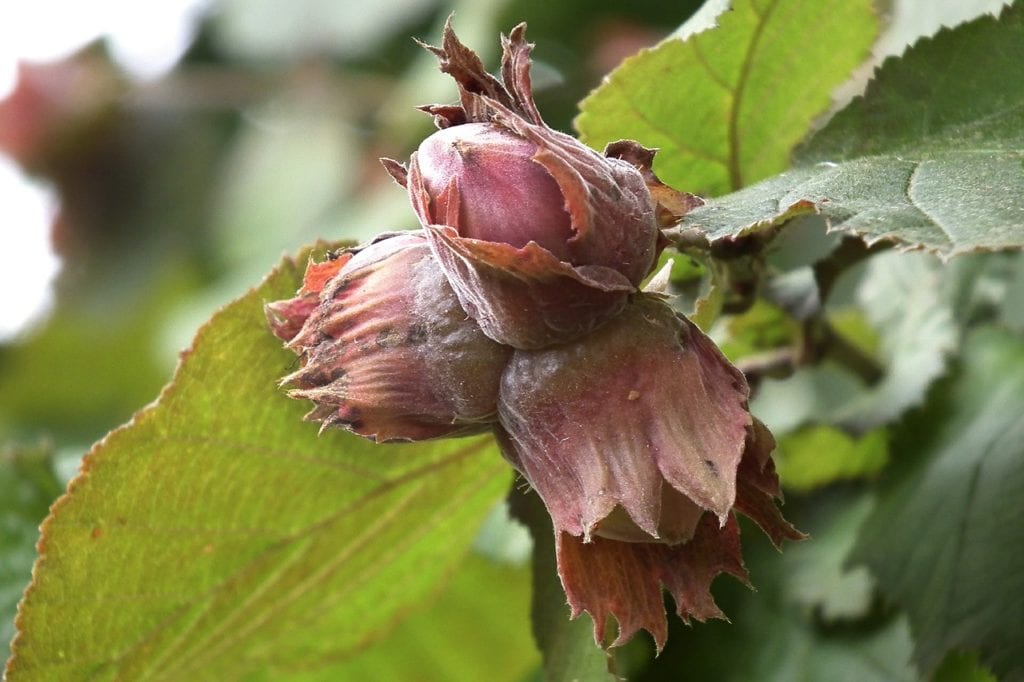
| Height: | 15–18 feet |
| Growing Zones: | 4–9 |
The Hazelnut tree is a great choice because it grows quickly, doesn’t get too large, and produces tasty hazelnuts that you can use in your favorite desserts or beverages. The nuts that it produces are also an important source of food for squirrels, turkeys, deer, woodpeckers, and other small animals.
6. Honeysuckle
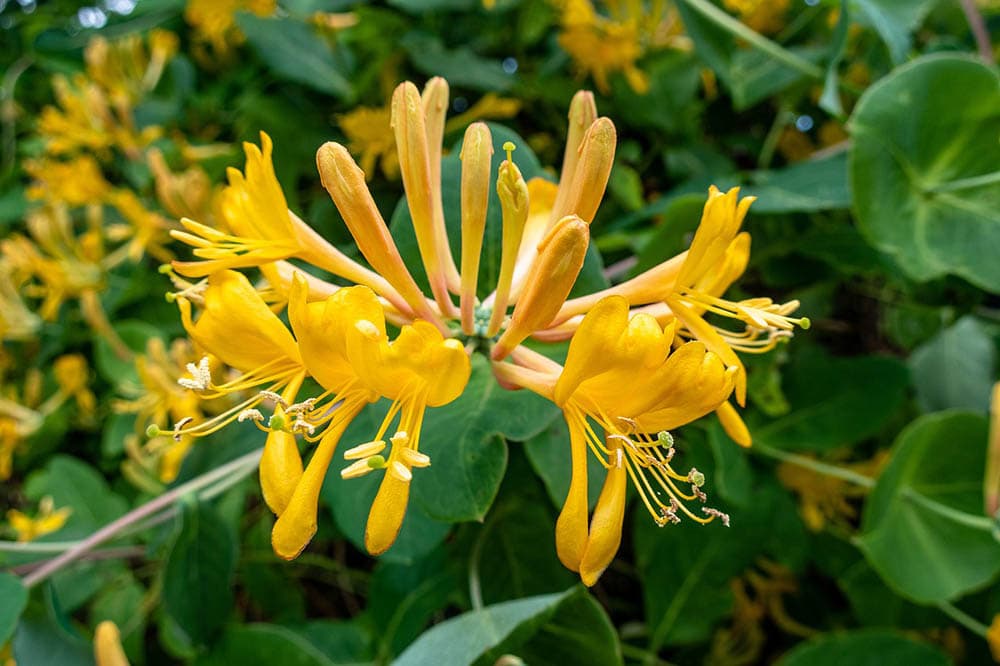
| Height: | 5–20 feet |
| Growing Zones: | 4–10 |
The Honeysuckle is one of the easiest plants to grow because it needs almost no maintenance. It’s a kind of shrub that can grow to 20 feet tall under the right conditions, and it keeps its leaves all year long, so many birds love to use it as a nesting spot. It smells great and produces attractive flowers that can be white, red, pink, or yellow and red berries that only birds enjoy.
7. Dogwood
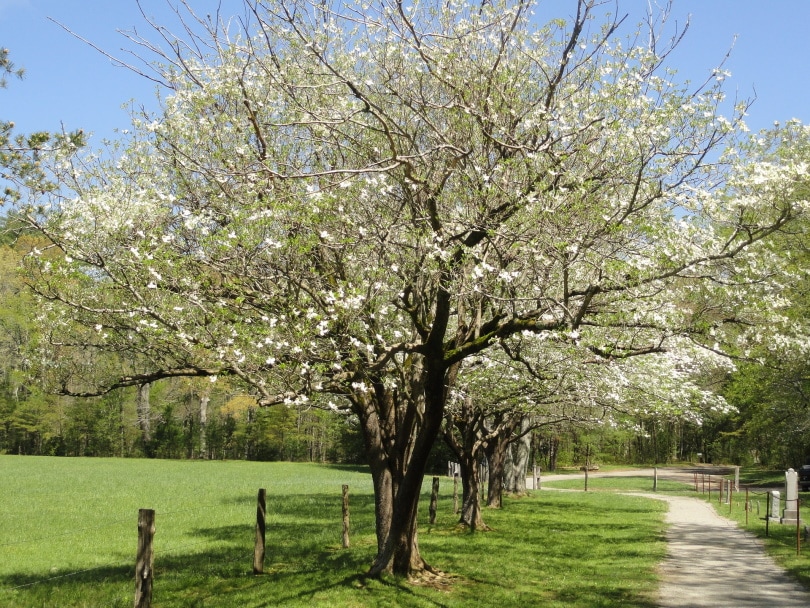
| Height: | 5–25 feet |
| Growing Zones: | 5–9 |
Dogwood is an attractive ornamental plant that can be a short bush or a tall tree, depending on which variety you plant. It prefers well-drained soil, but it can dry out quickly, so you will need to water it often to create the best conditions for growth.
8. Cypress
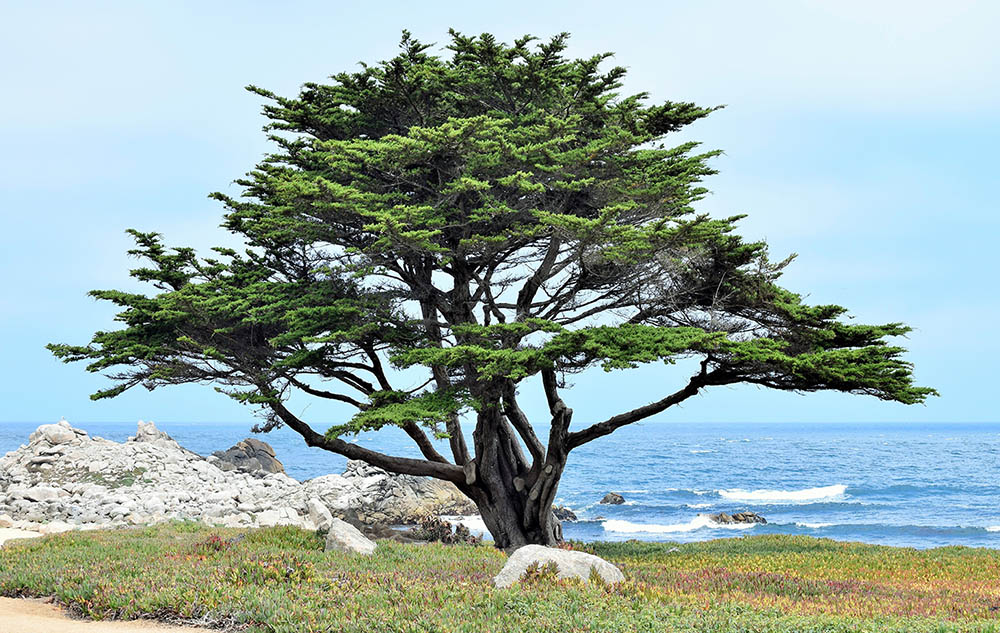
| Height: | 5–25 feet |
| Growing Zones: | 5–10 |
Cypress trees are easy to find in Massachusetts and have a long lifespan of 1,000 years. There are several varieties, so you can choose one based on color. It is extremely hardy and won’t require much maintenance. Once these trees take root, you can enjoy them year after year without worry.
9. Cedar
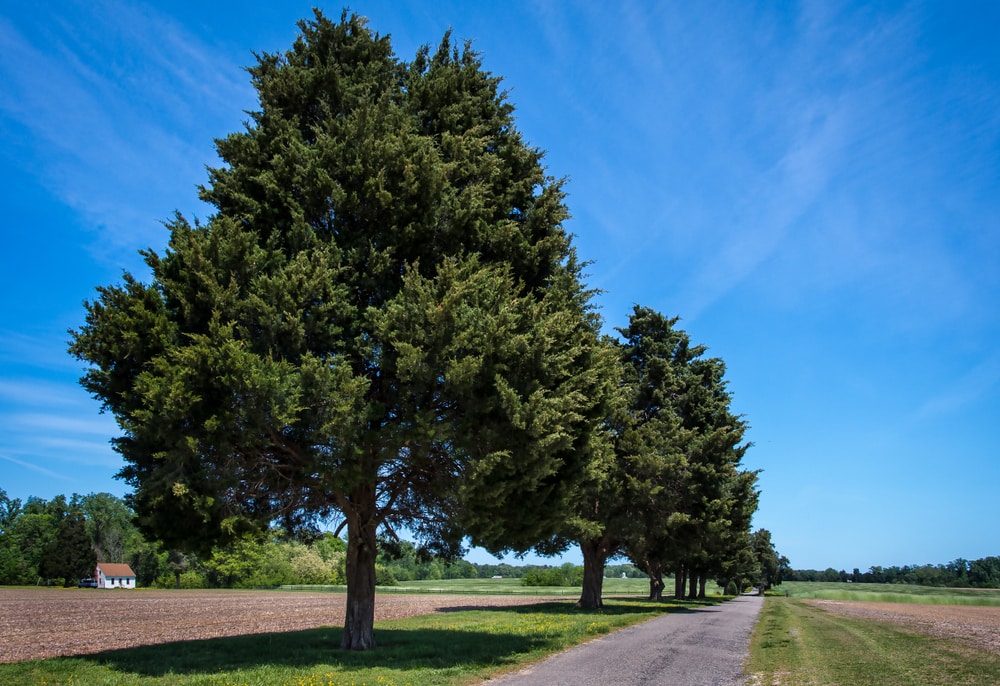
| Height: | 100–130 feet |
| Growing Zones: | 2–9 |
Cedar trees are tall trees that often grow more than 100 feet tall. Only the males produce pollen, while the females produce berries. The seeds also contain a defense against squirrels, as they taste bitter. These trees like plenty of sunlight, and most people use them to decorate their landscape.
10. Beech
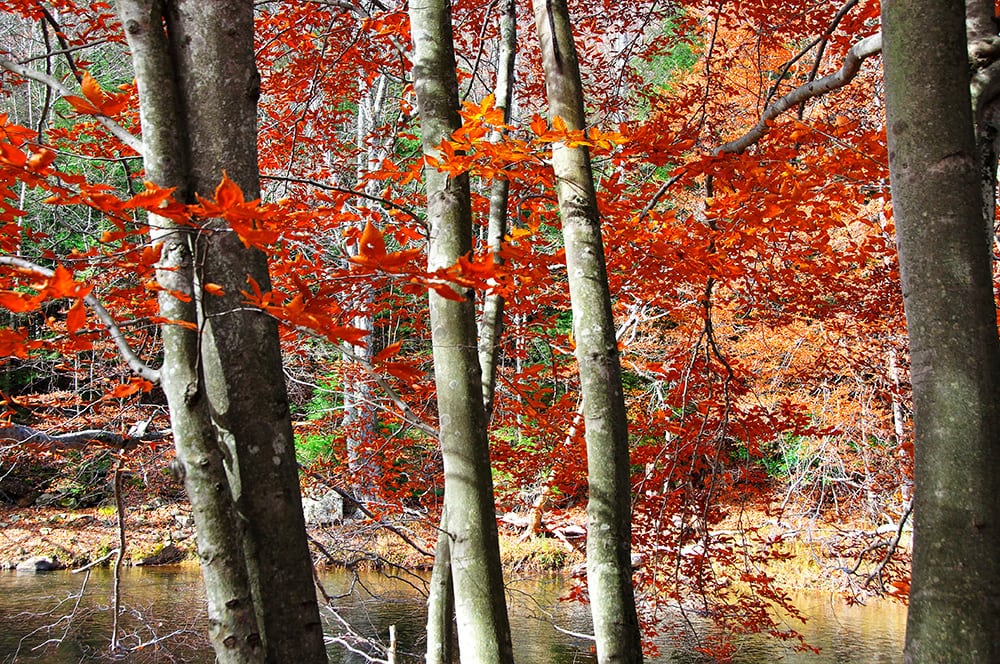
| Height: | 60–80 feet |
| Growing Zones: | 3–9 |
Beech trees can grow up to 80 feet tall. The bark is silvery grey and stays smooth as the tree ages. Most people like to grow it as an ornamental tree to complement their garden or landscape. However, beech trees are fussy about soil and require plenty of room to grow properly.
11. Oak
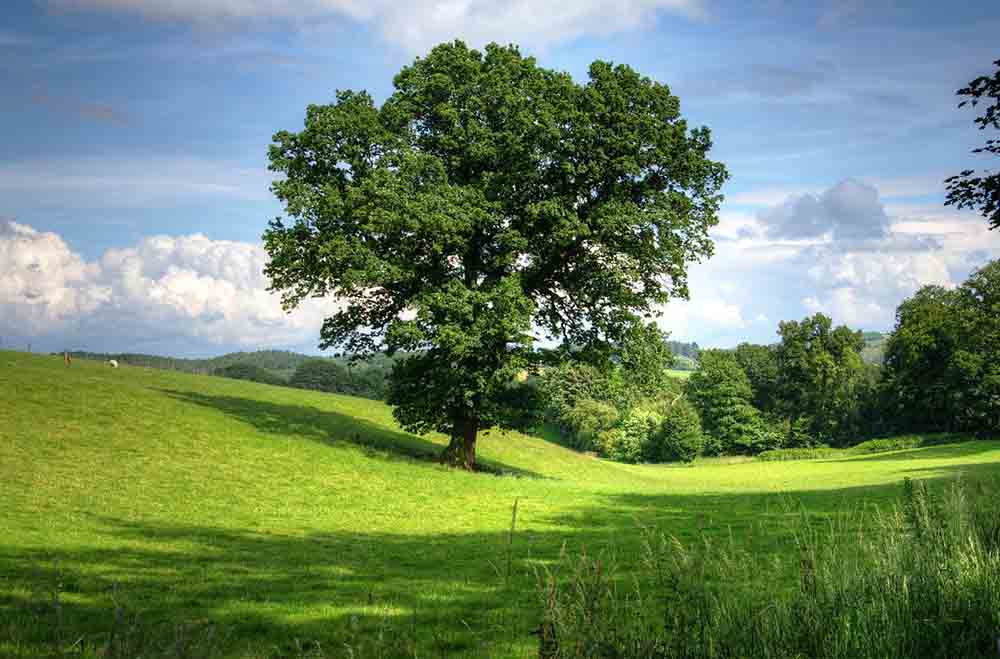
| Height: | 40–80 feet |
| Growing Zones: | 7–10 |
Oak trees are easy to find almost anywhere in the United States, including Massachusetts. It’s a popular hardwood perfect for flooring and other projects requiring hardness and strength to provide durability. The acorns that these trees produce are a popular food for smaller animals, and humans can also eat them.
12. Walnut
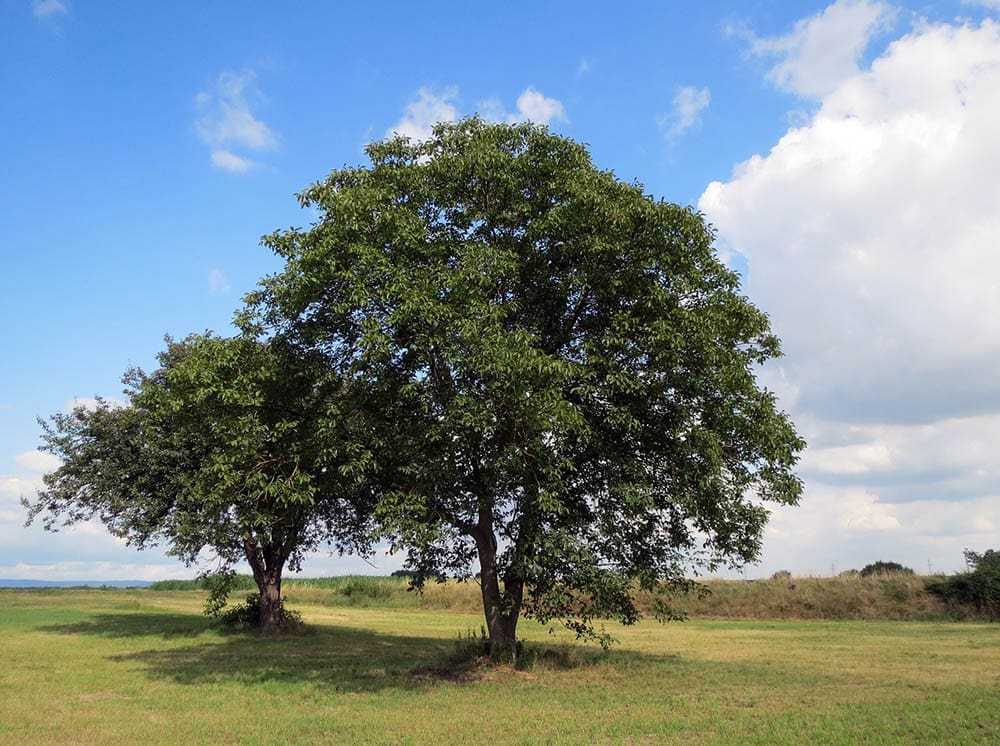
| Height: | 33–131 feet |
| Growing Zones: | 5–9 |
Walnut trees are large and produce tasty nuts that humans and animals enjoy, as well as hardwood that is perfect for almost any woodworking project, primarily because of its dark color. The bark is rough with deep grooves, and the leaves have a feather shape.
13. Hickory
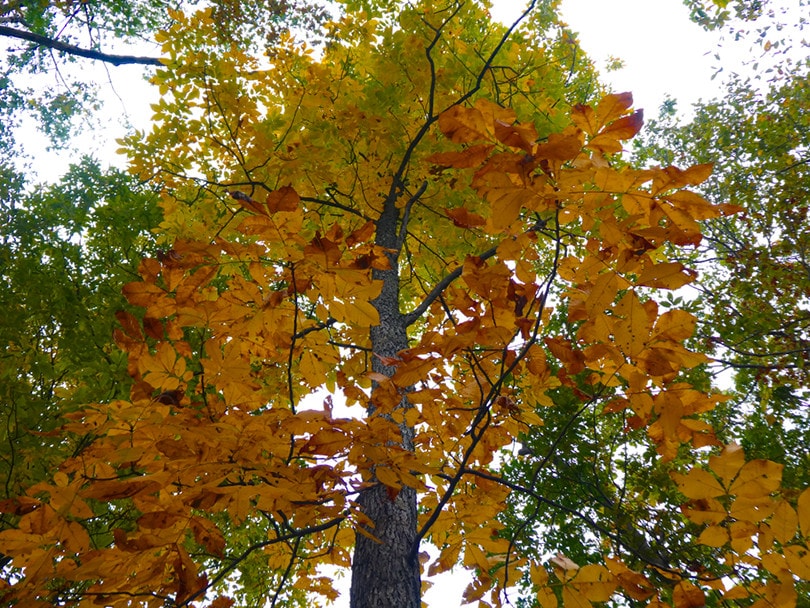
| Height: | 60–80 feet |
| Growing Zones: | 4–8 |
A hickory is a large tree with dense foliage. It is a relative of the walnut, and there are several similarities in the rough bark and feather-shaped leaves. It is a slow-growing tree that can grow to 80 feet tall, requires little maintenance, and can live more than 150 years.
Conclusion
Massachusetts isn’t a huge state, but you can find many different trees there if you take the time to look. The ones listed here are by far the most popular and plentiful, so they will make up a good portion of what you see, and this list will help you identify them.
Featured Image Credit: Rudy and Peter Skitterians, Pixabay
Contents
